Blog >
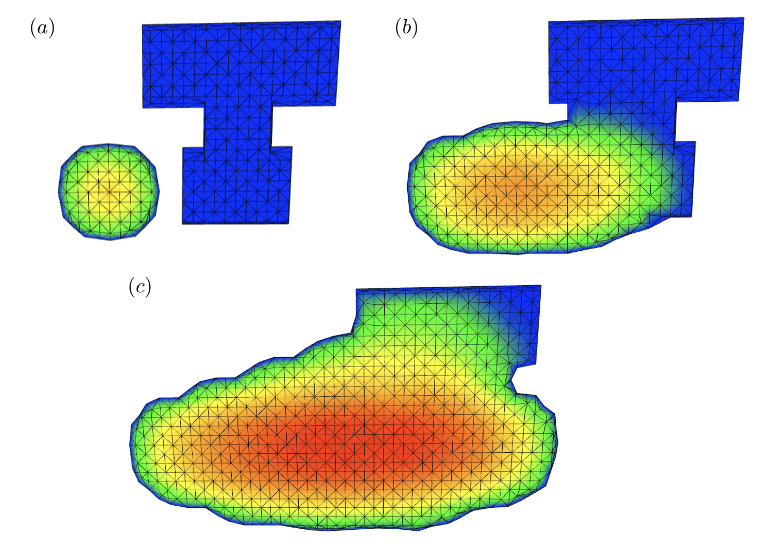
Highlights on propagation from preexisting fractures in ResFrac
The purpose of this blog post is to cover recently developed ResFrac capability that allows investigation of the effect of natural fractures on hydraulic fracture propagation. While this option has always been available for the ‘discrete’ propagation algorithm, now it also has become available for the ‘continuous’ algorithm. There are some noticeable changes compared to the previous implementation and they are covered next.
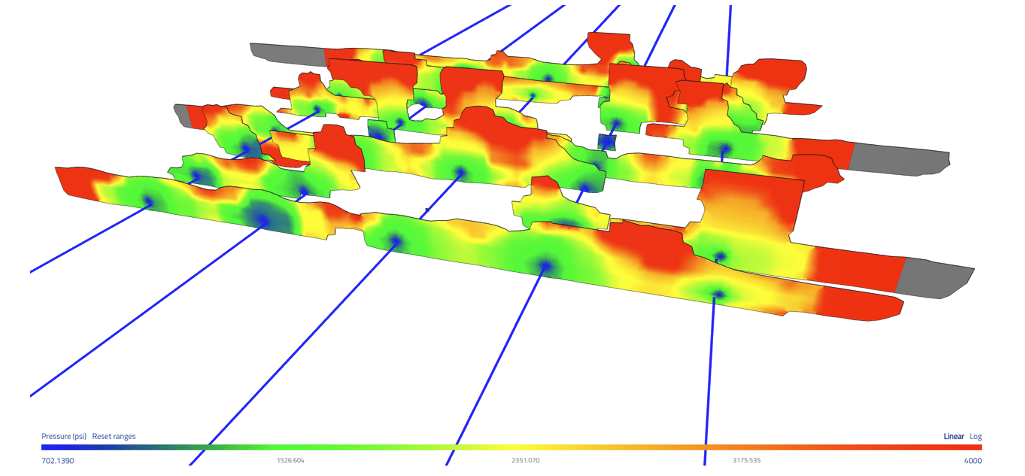
ResFrac’s Automated Economic Optimization Tool
ResFrac’s automated optimization tool allows you to quickly and easily identify the economically best well spacing and frac design. This blog post steps through a simple demo of our built-in economics engine that is similar to those used by commercial software in the industry. It accounts for details such as working interest, different types of taxes, time-varying operations cost, etc.
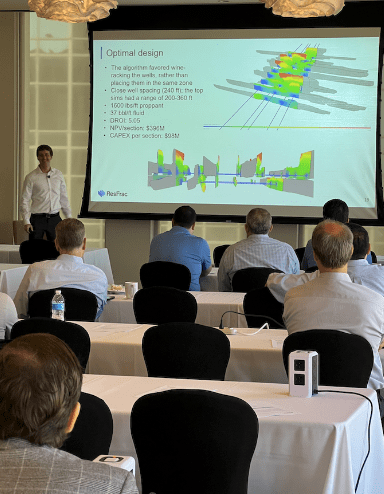
2022 ResFrac Annual Symposium
Last week we held our Fourth Annual ResFrac Symposium. The premise of the event is to bring together ResFrac users to share use cases, best practices, and general developments in the industry. This year was our biggest yet, with nearly 100 people joining either in-person or online throughout the day-long event, representing 26 different oil, gas, and geothermal operating companies, seven universities, and several service company collaborators.

A shale booster shot: ‘Re-fracs’ rise as cheap way to lift U.S. oil output
June 27 (Reuters) – U.S. shale oil producers are returning to existing wells and giving them a second, high-pressure blast to lift output for a fraction of the cost of finishing a new well. These “re-fracs” are taking hold as shale oil producers look to take advantage of $100 a barrel crude without making big investments in new wells and fields.
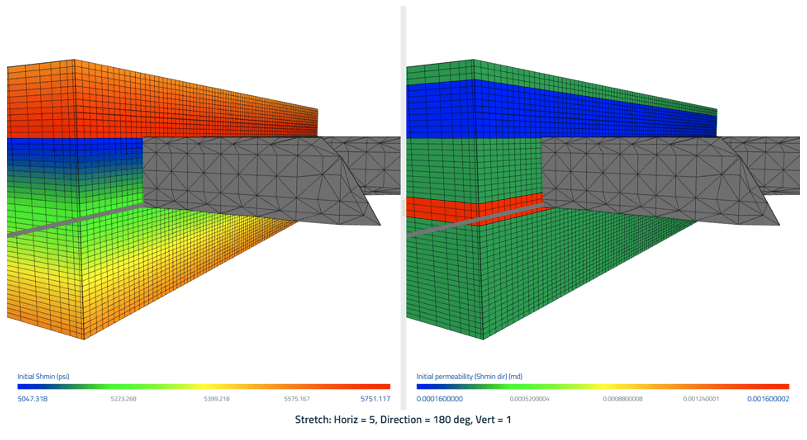
Automated History Matching and Economic Optimization of an Eagle Ford Refrac
In this blog post, we review a refracturing and economic optimization case study. The model and history match are loosely based on “SPE Data Repository Well #1,” a publicly available refracturing and production dataset from the Eagle Ford shale. This post extends the analysis that we presented at a recent SPE workshop, “What New for PTA and RTA”.
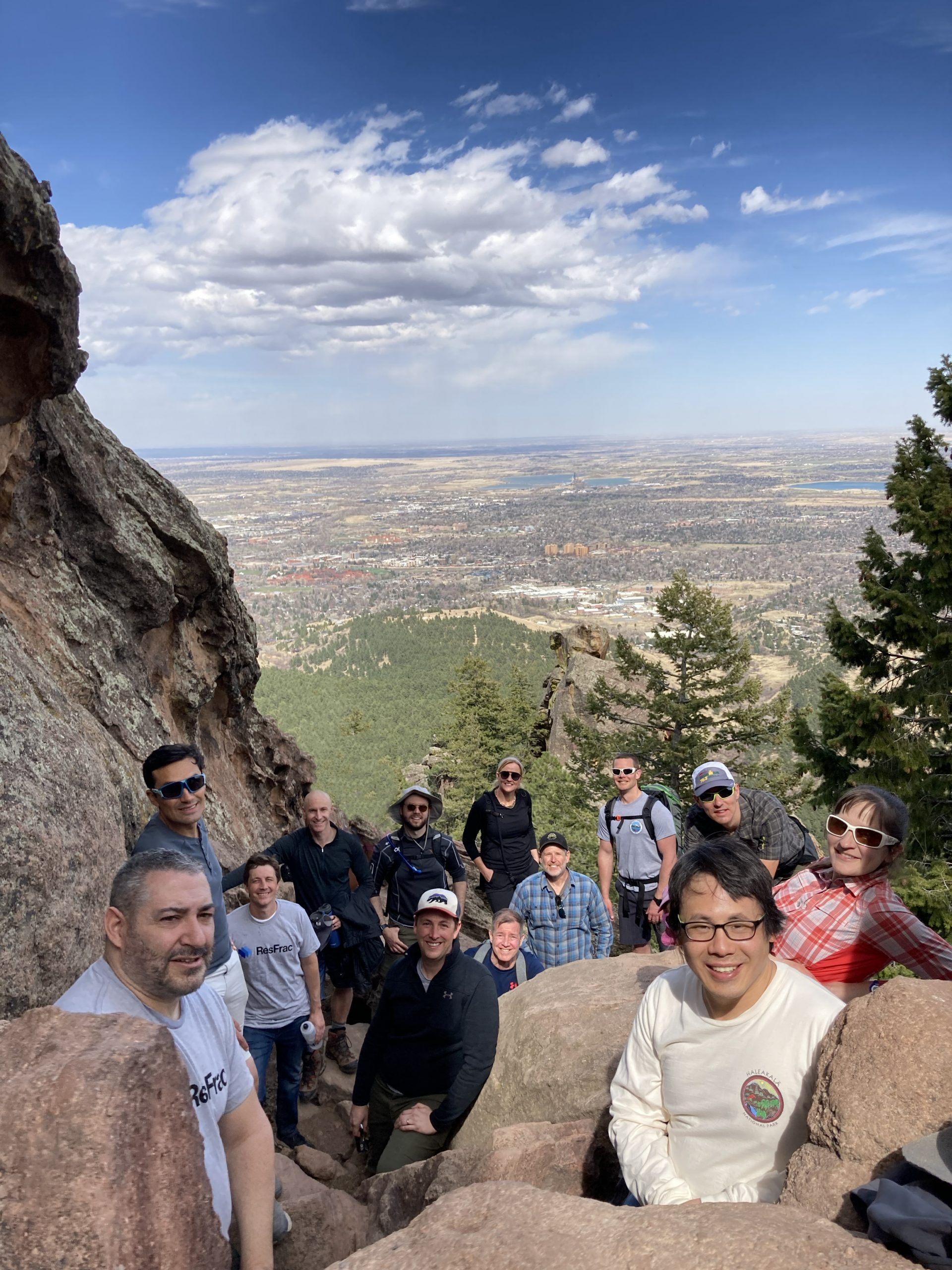
ResFrac Retreat in Colorado
For the first time in more than two years, the entire (almost!) ResFrac team gathered in Denver. We mixed education (thank you to our friends at Liberty Services for showing us the nuts and bolts of frac’ing)…… with fun.
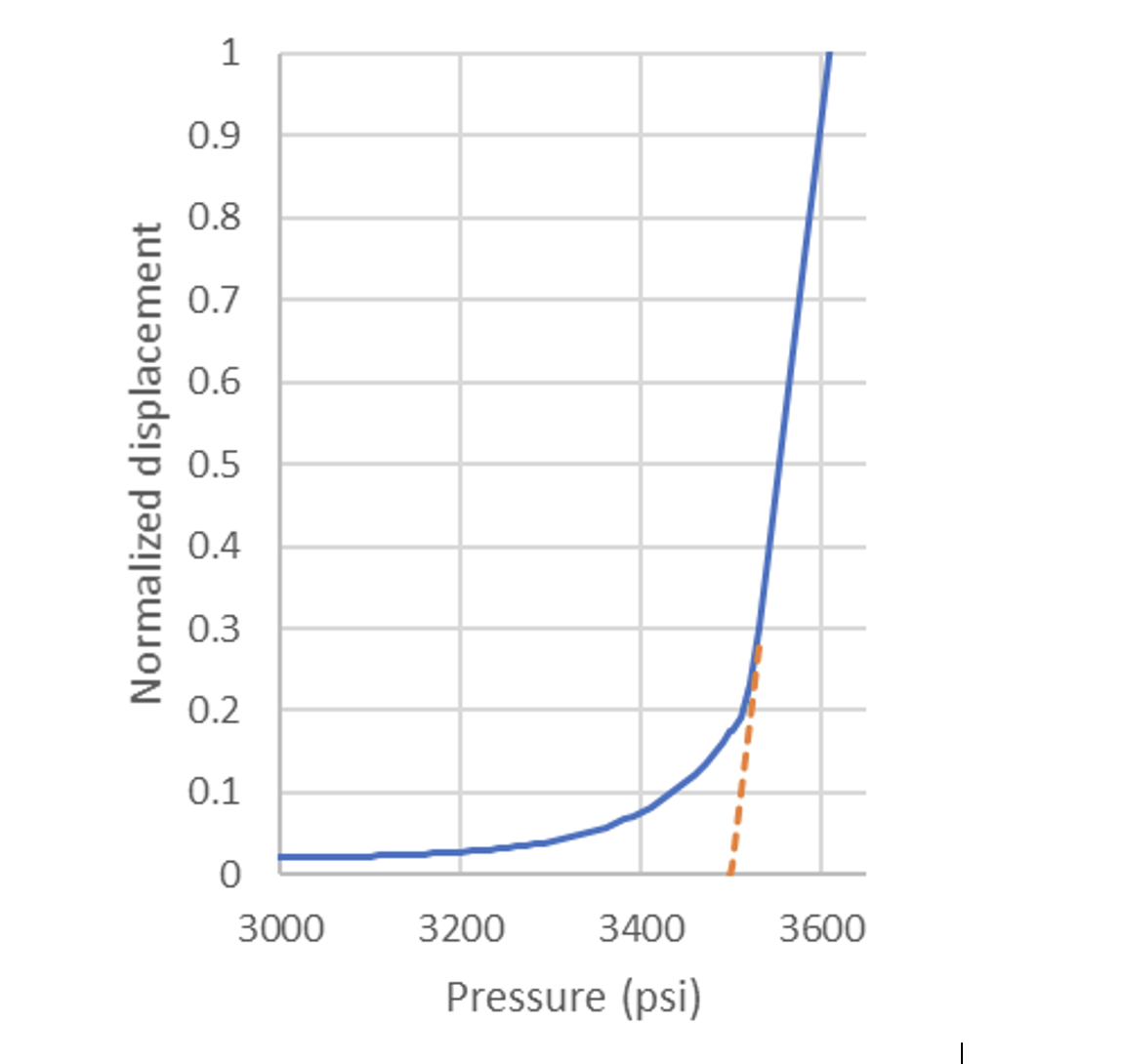
Commentary on Four New DFIT Papers: (a) Direct In-Situ Measurements of Fracture Opening/Closing from the EGS Collab Project; (b) Comparison of Stress Measurement Techniques from the Bedretto Project; (c) a Statistical Summary of 62 DFITs Interpretations Across Nine Shale Plays; and (d) A Different Perspective: An Article Advocating the Use of the Tangent Method
This post provides commentary on recent four papers on diagnostic fracture injection testing (DFIT). The first paper uses in-situ deformation measurements to directly observe fractures opening and closing during fracture injection-falloff tests (Guglielmi et al., 2022). The second compares various stress measurement techniques in a series of fracture/injection tests from the Bedretto project (Bröker and Ma, 2022). The third statistically reviews results from applying the interpretation procedure from McClure et al. (2019) to 62 DFITs across nine different shale plays (McClure et al., 2022). The fourth is an op-ed written in JPT (Journal of Petroleum Technology) by an advocate of the tangent method for estimating DFIT closure stress (Buijs, 2021; 2022). This article presupposes that the reader already has familiarity with these topics. If you would like more background, please refer to McClure et al. (2019).